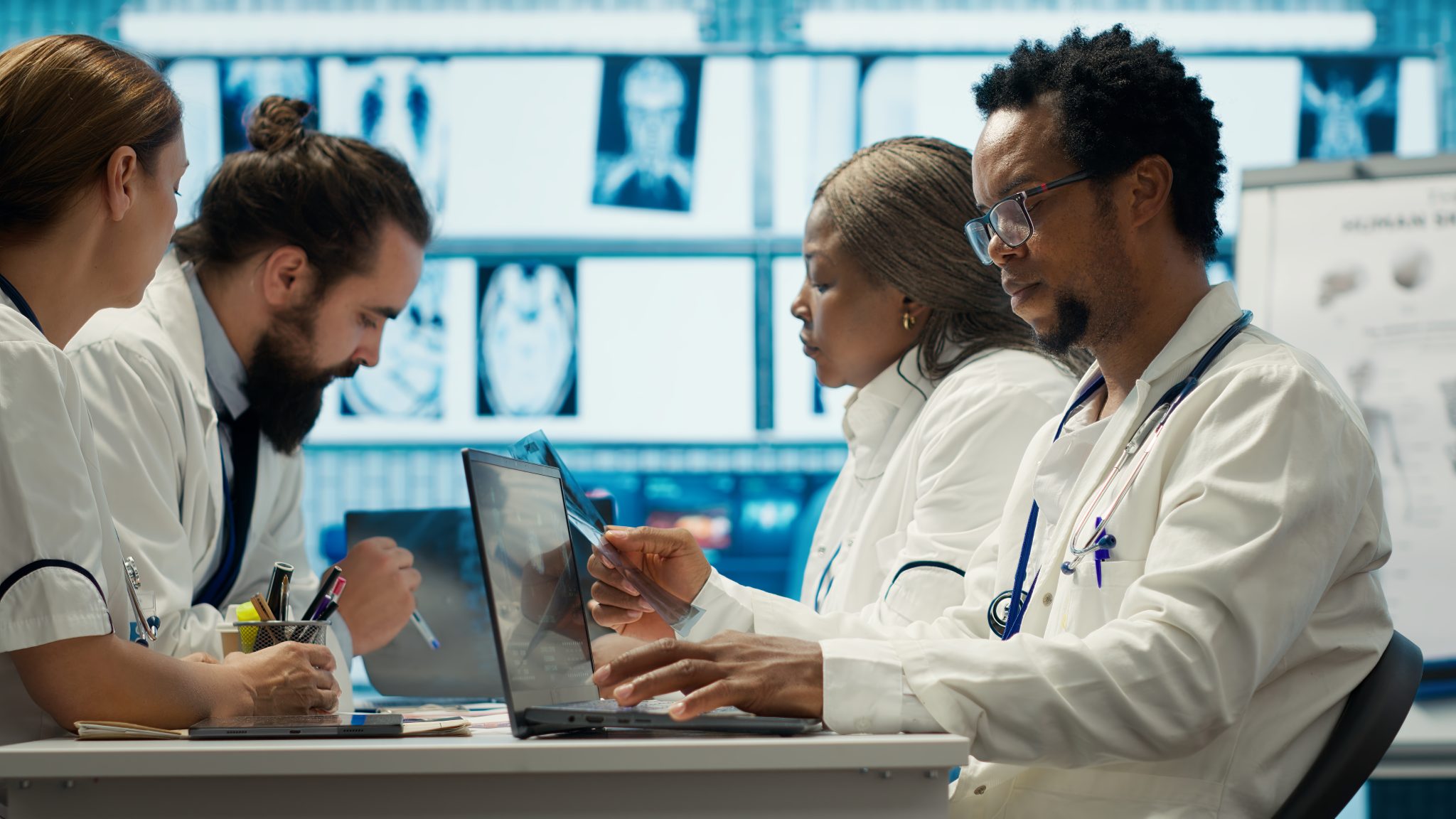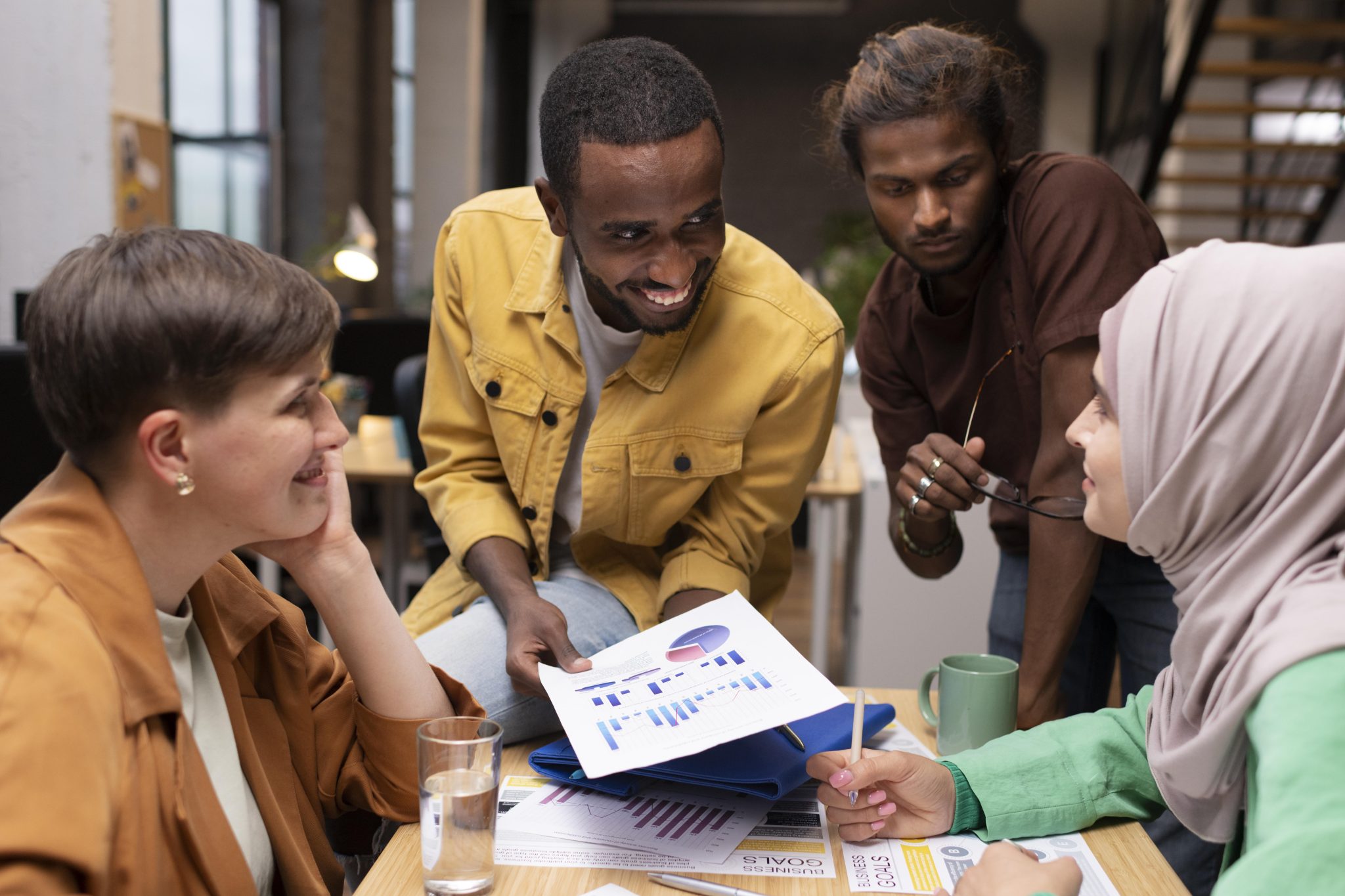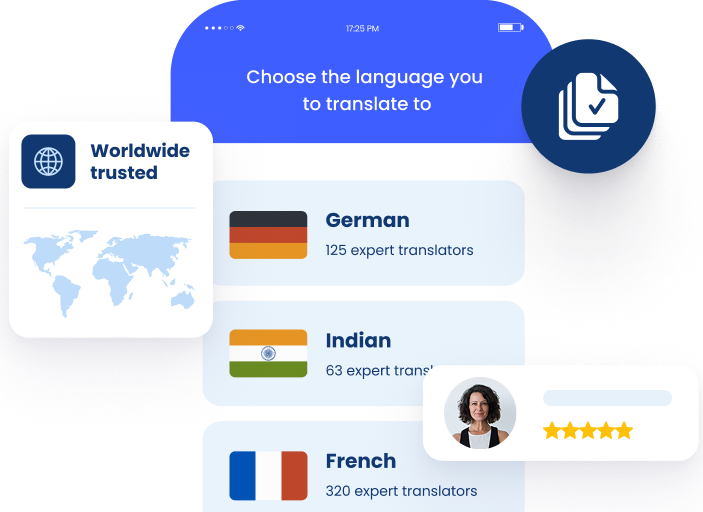Multilingual Clinical Trials: How Language Access Boosts Global Patient Recruitment
Over 80% of clinical trials get delayed due to recruitment problems, most of which originate from language barriers. Given that diversity is a key requirement in clinical research, companies must recruit patients globally. However, in most cases, patients from countries that do not speak English are underrepresented due to challenges with untranslated and poorly translated documents.
Pharmaceutical companies that work with certified translation experts have huge success recruiting for multilingual clinical trials. This article outlines the challenges clinical researchers face and the solutions for better recruitment.

Why Multilingual Recruitment is Critical for Clinical Trials
Clinical trials help pharmaceutical companies test the safety and effectiveness of drugs before being mass-produced for the public. It’s a regulatory requirement by the FDA (Food and Drug Administration) and EMA. To ensure they get accurate and inclusive data, researchers must recruit participants globally.
Diversity and Data Quality in Multilingual Clinical Trials
If a drug is being developed to be used worldwide, it only makes sense to perform clinical trials in all parts of the world. Researchers need generalizable results to evaluate the performance of the drugs on everyone. This eliminates bias that could arise if the results were from one region.
Working with diverse groups of patients helps you get higher data quality because of the varying characteristics of the people and their responses to the drugs.
The underrepresented communities get motivated to participate in clinical trials by foreigners if the consent forms and other documents are in their language. They feel included, which in turn increases the success rate of the clinical trial.
Consider sensitive documents such as immigration paperwork. Here, you need human translation expertise provided by certified translators. Besides, certified translators are accountable for any mishaps arising from incorrect translation.
For some, certified translators are a luxury. However, governments, courts, and embassies require certified translations to ensure that translated documents hold the same legal value as the original documents. Automated translations cannot provide such a level of security and guarantee.
Regulatory Push for Inclusive Trials
Global clinical trials are challenging for pharmaceutical companies. Most sponsors and CROs invest large sums of money and forget a critical component of the process: localization of the trial.
Language as a Barrier to Clinical Trial Participation
Across the globe, several qualifying patients fail to participate because they cannot read and understand the study. Let’s consider a critical document, such as an informed consent. These documents are often complex, and they need to be understood before the patient signs up. If they are not translated into the patient’s native language, the patient will not risk consenting to what they don’t understand.
Avoiding Losing Context in Academia
The specificity and technicality of academic material need to be intact regardless of the language they are translated into. Automated translations can easily lead to lost context if they fail to consider some aspects in translations. The consequences of such blunders are felt across the field and passed on to industries.
Certified academic translators understand terminology, historical contexts, relevance, and other nuances machines miss. This makes them indispensable in academic translations.
Logistical Challenges in Remote Regions
Trial sponsors and other stakeholders experience delays and cost overruns when recruiting patients in remote regions. One of the standard practices during the recruitment process is sending out questionnaires or performing oral interviews on shortlisted candidates. As such, the process requires on-site interpreters and certified translators for accurate and reliable translation of documents.
Cultural and Communication Hurdles
Culture plays a huge role in clinical trials. For instance, some cultures are skeptical of modern medicine, which limits the patient pool of researchers. Also, most non-English speakers do trust untranslated material. Therefore, translating documents for multilingual patients boosts trust and confidence.

Strategies to Overcome Language Barriers in Trials
With language and culture being the biggest bottlenecks in clinical research, you need strategic plans to accommodate different languages and cultures. Part of this involves setting up internal systems that handle medical translation for trials.
Localize All Patient-Facing Materials
Localized content must meet linguistic, cultural, and legal requirements for it to be considered valid. This goes beyond translation, which just deals with changing language from one to another. Localization service providers ensure that your patient-facing materials align with the local customs, values, and market nuances of the target region. In other words, everything feels like it was originally written for the target audience. Researchers who localize content overcome the huge delays discussed earlier.
Provide Interpretation & Bilingual Support
Translation errors can result in substantial financial losses for both researchers and patients. To avoid this, you must invest in professional interpretation services. Some of the markers of professionalism include ISO certification, compliance with FDA and EMA regulations, and industry experience. Community outreach programs can help you build rapport in target regions and reduce the barrier to entry.
Implement Back Translation for Quality Assurance
Control measures to ensure that translated documents are accurate with the original can be incorporated in the process for quality assurance. A common way to do this is via back translation.
Back translation aims at checking for disparities between translated content and the original. In this workflow, a third-party translator comes in and translates your translated documents back to their original language. For instance, if a consent form was translated from English to Spanish, the translator translates it back to English and checks whether it looks like the original.
How to Choose a Translation Provider for Clinical Studies
The success of your multilingual clinical trials highly depends on the translation services you use. If you work with professionals, the odds of success are much higher than working with experienced translators. But how do you know whom to work with? Evaluate translators based on the following:
- Subject matter expertise: Check if the provider has proven experience in medical and clinical research translation. These translators understand complex medical terms, drug mechanisms, and clinical jargon.
- Certifications: Evaluate translators based on the type of certification they have. Certifications such as ISO 17100 are recognized by regulatory bodies such as the FDA.
- Cultural sensitivity: Ensure that the translator understands the cultural nuances of the target language for more accurate results. Best practice is to work with native translators.
- Budget friendliness: Since global clinical trials can be expensive, you need to ensure you are not overspending on translation. The best translation agencies provide upfront quotations before you sign the contract.
Other crucial things to check include turnaround times and past client testimonials. If a provider ticks most of these boxes, you are assured of high-quality translations for your clinical trials.
Partner with Language Experts Today

The Language Doctors is a leading translation agency specializing in medical translation and interpretation services for pharmaceutical companies. We provide fast, accurate, and affordable services to help companies open their clinical trials to the world. Partner with us today, and we will guide you with your language strategy to save time and help avoid costly errors.


